SA’s top schools invest in mind, body and wellness with expert staff, state-of-the-art facilities
It’s no longer just academic. SA’s top private schools are spending millions on state-of-the-art hubs with a focus on leadership, resilience and wellbeing. Here’s why.
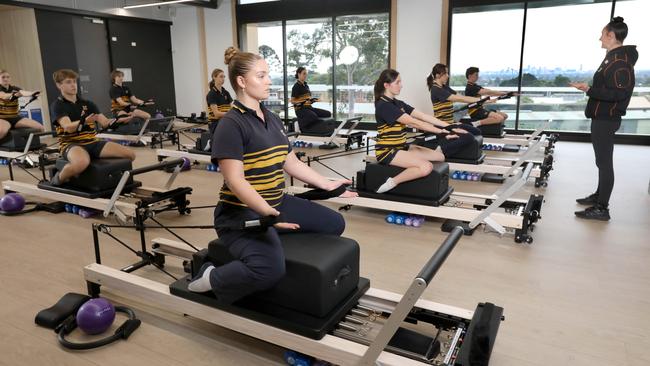
SA News
Don't miss out on the headlines from SA News. Followed categories will be added to My News.
South Australia’s private school sector is taking investment in health and wellbeing to stunning new levels with many spending millions of dollars to ensure their students have easy access to state-of-the-art facilities, expert staff and specialist health professionals.
From sprawling green spaces, school-owned farms, “eco-classrooms” to cutting-edge digital programs that alert a school when a student isn’t “travelling well”, approaches vary from campus to campus.
While on-staff psychologists are now commonplace, some schools are creating purpose-built consulting rooms that house external health professionals – such as psychologists, behavioural consultants and specialist learning experts – on its grounds.
Many schools have integrated wellbeing hubs into major redevelopments, with many more imagining new spaces to include in future upgrades.
Increasingly, proven initiatives such as wellbeing dogs are being incorporated into classroom life.
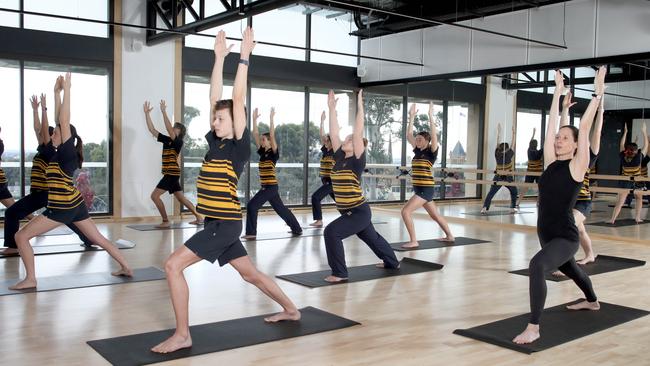
Scotch College principal Trent Driver argues it is shortsighted for schools to focus on academic success alone.
“We work with young people every day and their emotional and psychological growth is as important as their academic development; it is a core responsibility of schools in 2023,” he says.
“Mental health issues have profound impacts on young people and there are increasing difficulties in accessing specialist services and professionals … we need to proactively give students the capacity to understand themselves and others as much as we need to give them sophisticated literacy and numeracy skills.
“Success in a world of AI is not going to be a function of how many capital cities you can remember, it will be a function of your capacity to be flexible and adaptable, and deal with the change that the world will throw at you.”
Take a look at what some of the state’s top schools are doing for their students.
Scotch College

This year’s opening of the Torrens Park coeducational school’s Purruna Spencer Newton Centre and integrated wellbeing facility – which reportedly cost $27m and includes a cafe, “fitness suites’’, a meditation space and state-of-the-art gym – has raised the bar in terms of school health and wellbeing offerings to an entirely new level.

“The centrepiece of these investments is the Purruna Spencer Newton Centre, a facility that integrates indoor courts, fitness suites, a swimming centre, flexible classroom spaces, counselling consultation rooms, meditation and recharge spaces … the centre drives our conversation around wellbeing offer across all year groups,” principal Trent Driver says.
“It integrates the facets of student wellbeing – physical activity in all of its forms, the school’s health centre, access to welfare staff who guide and manage student issues, the school’s psychologists and external mental health professionals.”
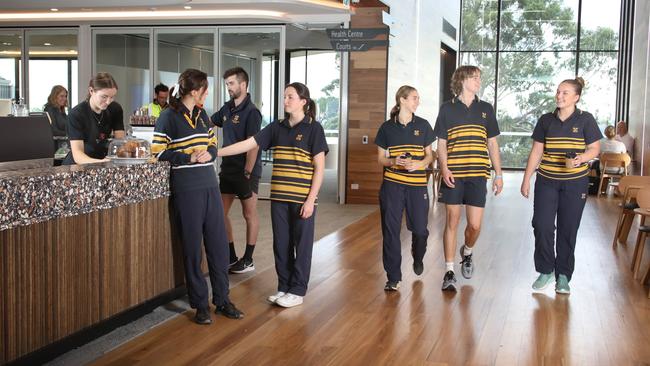
The school offers a series of “stand-alone” wellbeing programs aimed to help students “develop a sophisticated understanding of themselves”, working too with Adelaide University on a research project evaluating the impact of mental health programs in primary school.
“We know that young people are at their best when they are confident, when they can manage pressure, when they have the tools to learn from disappointment, and when they can recognise for themselves when things aren’t right,” Mr Driver says.
“We have (also) committed to a project exploring how organised sport can impact on long-term mental health and wellbeing, and how the training and induction of coaches can build skills in the young people they are working with.”

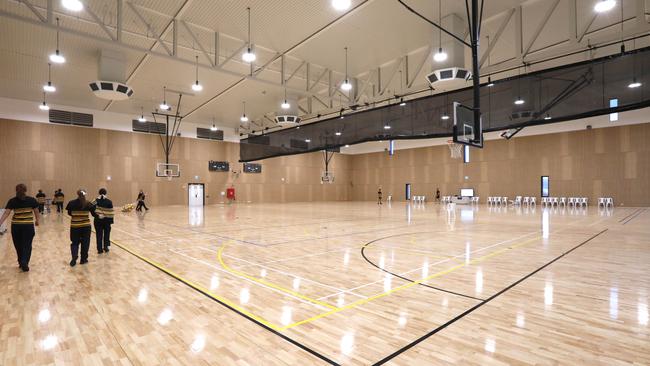
The public can also access Scotch’s impressive new facilities.
# Scotch charges tuition fees of $28,960 in year 12.
Westminster School

Student wellness is central to a recently completed $40 million redevelopment at the Marion coeducational school, including a new Year 12 space designed for students to “collaborate, study and socialise”.
“(We’re) passionate about student health and wellbeing, and guiding students through a well-rounded school experience that allows them to achieve more than they thought possible,” says principal Simon Shepherd.
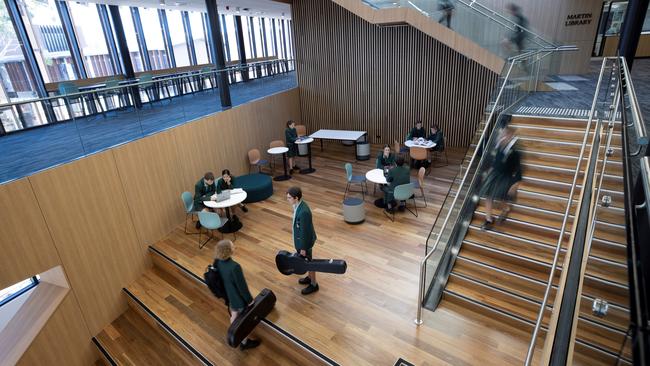
“Additionally, the sports and swimming centre – with a heated pool, multipurpose courts and rock-climbing facilities – and Thomas Pavilion sports centre – with a high-performance training centre – provide a home for school sports.
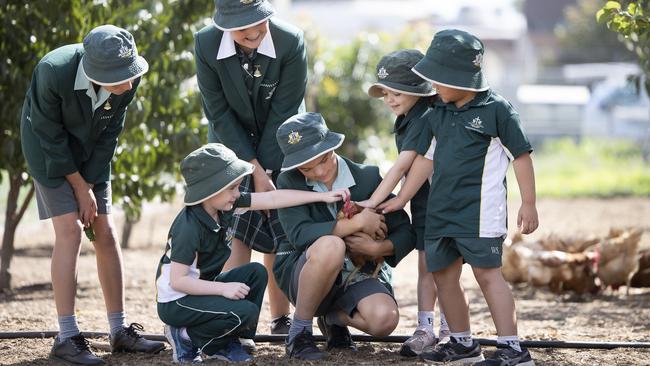
“The school maintains superb ovals, playing fields and courts, at the heart of its co-curricular sporting and activity program … many students also use music, dance and drama to nourish their soul and creativity.
“(While) the on-campus Sturt Grove Farm allows all students from ELC to year 12 the opportunity to interact with animals, learn about food cycles, grow an awareness of food productions and foster a connection with the land.”
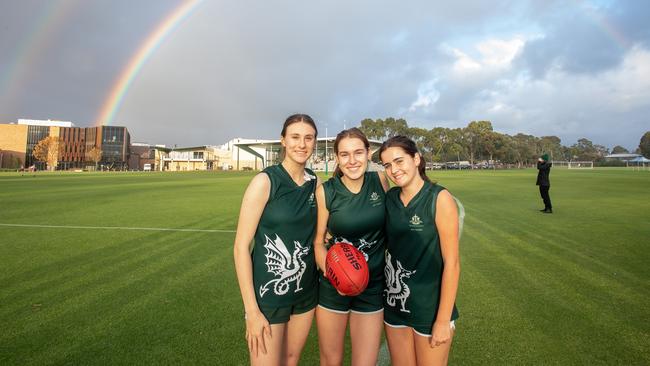
Mr Shepherd says the school’s outdoor education program, which includes using the school’s Lower Murray Lakes campsite and farm, aims to teach leadership, resilience, teamwork and self-discovery, building self-esteem and confidence.
In 2023, the school incorporated a wellbeing dog, Minne, to help support students with “emotional regulation, social connection and communication”.

The local community is given access to Westminster’s facilities.
# Westminster charges tuition fees of $25,564 in year 12.
Blackfriars Priory School

Director of wellbeing at the all-boys’ Prospect school, Anthea Osborne, says pastoral care and wellbeing are “pivotal in ensuring that we actually prepare the boys for life after Blackfriars”.
“We need to make sure that our health, our spiritual life, our mental health, our physical being are all developed, just as much as the focus that we have on study,” she says, adding Year 12 students are exposed to a range of experts and experiences, including dietitians, therapy dogs and pilates classes.
While not detailing an estimated cost, she reveals plans for a dedicated “wellbeing hub” are now being drawn up.
“The space, overlooking a tranquil rainforest garden, will be dedicated to promoting good mental health and wellbeing, as well as providing a new home for our counselling staff,” Ms Osborne says, adding equipment in the gym and fitness room will also be updated.
In 2023, the school implemented a digital platform to “proactively improve the wellbeing of our secondary students and equip parents and caregivers with new skills to support their sons”.
“It will actually alert us if there are boys who perhaps may … not be travelling well,” Ms Osborn says.
Blackfriars, which employs a school-based psychologist, was the first all-boys’ school in Australia to host the Periods, Pain, Endometriosis Program (PPEP).
#Blackfriars charges tuition fees of $10,416 in year 12.
Walford Anglican School for Girls
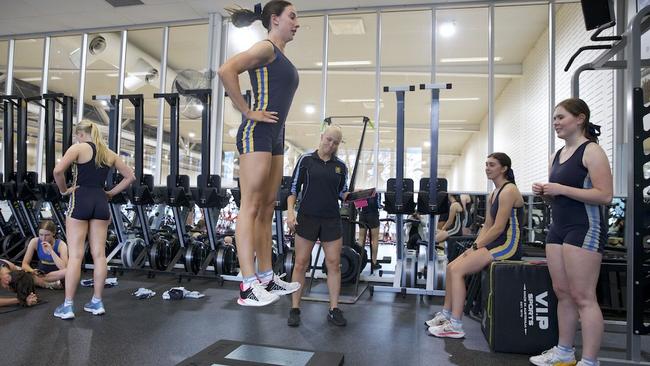
Principal of the historic Hyde Park all-girls’ school, which opened in 1893, Deborah Netolicky, says “connectedness and community” are central to its success.
“Walford prides itself on first-class facilities that create a grounded, inclusive close-knit environment in which every student is seen and known,” Dr Netolicky says.
For the first time in 2023, the school is offering a High Performance Academy using its “multimillion-dollar” sports centre, first opened in 2010.
“(This centre) is an outstanding indoor facility, incorporating indoor courts, a viewing platform, fitness room and movement/dance studio,” Dr Netolicky says.
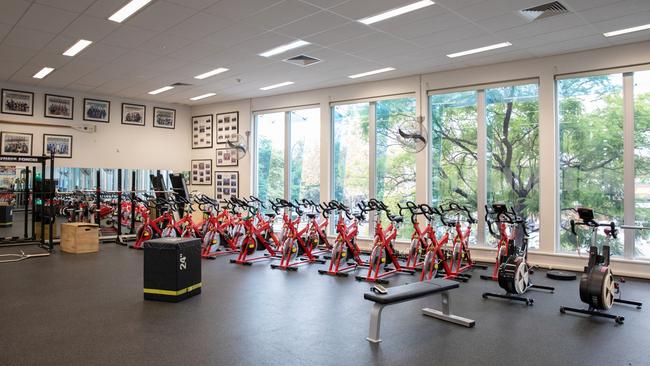
“Students also have access to tennis/netball courts, hockey fields, an oval and heated swimming pool.”
The principal describes her school’s newly created academy as “a bespoke wellbeing and athlete development program for our elite athletes from years 7 to 12”.

“(It) provides 24 students with support and expert advice in the areas of strength and conditioning, sports nutrition, physiotherapy and rehabilitation, leadership and culture, and performance psychology,” she says.
# Walford charges tuition fees of $29,420 in year 12.
Tatachilla Lutheran College
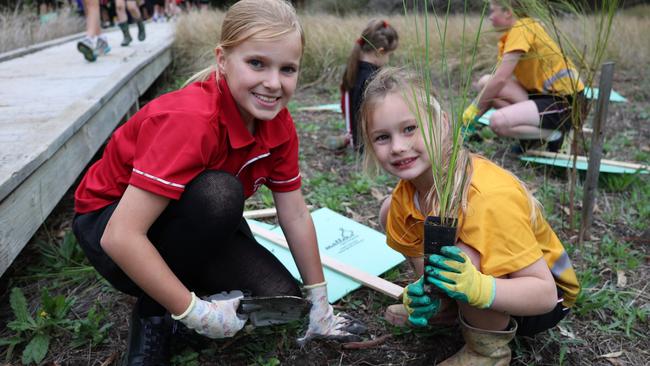
Students at the McLaren Vale coeducational school get access to a 3.4 hectare “eco classroom”.
“The EcoClassroom Sanctuary has been modelled on the natural ecosystems that once existed in the McLaren Vale region and gives our students the opportunity to spend quality time in the natural world,” principal Noel Mifsud says.
“Students, staff and families are able to actively care for the college’s resident population of endangered bettongs, potoroos and wallabies and participate in efforts to breed and release these species back into the wild … this connection to nature contributes significantly to the emotional health of the students in our care.”
A range of programs, including an initiative, which sees year 8 and year 4 boys partnered to take on a series of “age-appropriate ‘survivor-style’ challenge activities” to build leadership skills and forge friendship bonds, are offered across the school.
In addition to the sanctuary space the school has its own wellbeing dog, Misty, a 10-year-old golden retriever who “roams freely” across the campus.
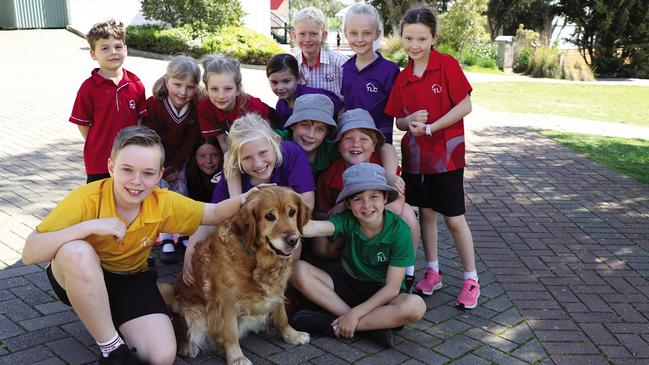
The school is looking to invest in a “range of intentional, safe spaces” for students and to accommodate one-on-one time counselling sessions.
#Tatachilla charges tuition fees of $8000 in year 12.
Seymour College
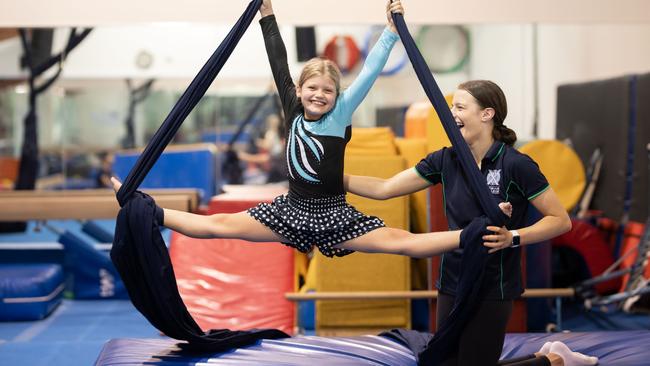
Students at the all-girls’ Glen Osmond school – which has a dedicated psychological services team – are encouraged to take a break from technology and enjoy the expansive, 10-hectare campus.
“We understand the important role of nature and the outdoors in reducing stress, improving mood and enhancing wellness,” a school spokeswoman says.
“Outdoor learning spaces are plentiful and it is not uncommon for our girls to experience guided and integrated learning in our natural environment, among our beautiful trees and green expansive campus … (it is) proven to decrease stress, improve sleep quality and help our young people to regulate their emotions.”
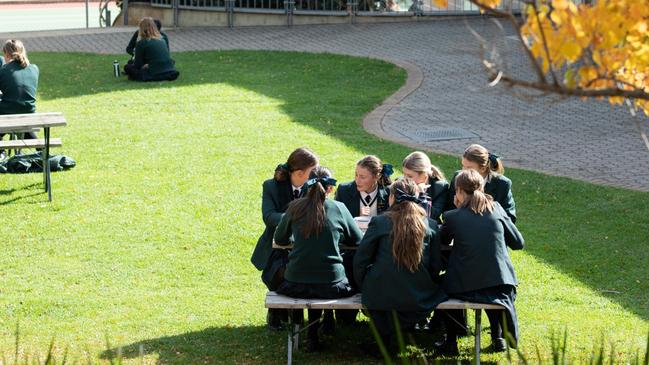
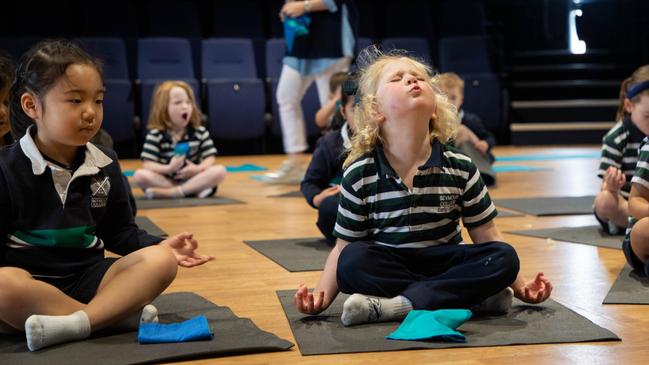
Students also have access to an “impressive sports centre” which includes a state-of-the-art strength andconditioning room and a 25m outdoor swimming pool.
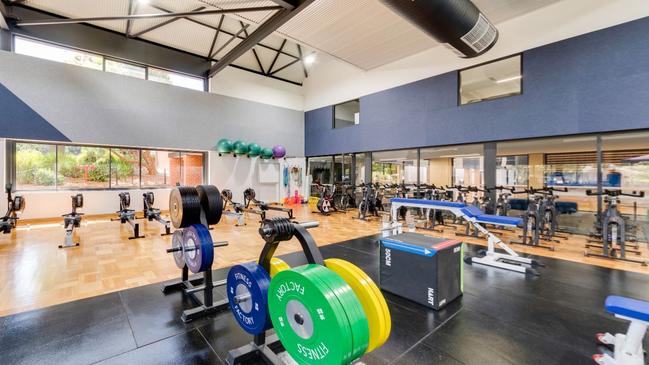
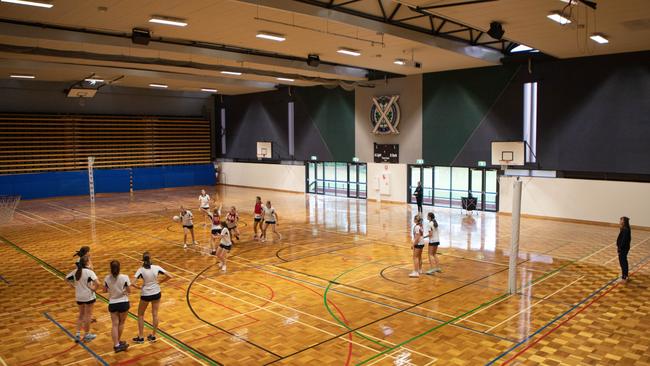
The school also offers a “bespoke GIRLBeing Framework”.
“(This) is evidenced, informed and underpinned by a comprehensive, developmentally-sequenced program that includes engagement with leading experts and five flagship programs that are tailored to the needs of our girls at each stage of life,” the spokeswoman says.
#Seymour charges tuition fees of $29,160 in year 12.
St John’s Grammar School, Belair
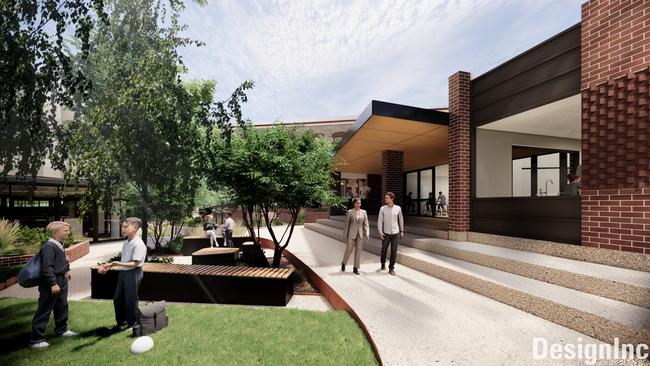
Principal Richard Anderson says wellbeing is “explicitly taught” at all year levels and is at the heart of the school’s current $15m redevelopment, with investment in wellbeing “tripling in the past six years”.
The Belair school is embracing a new approach to providing its students access to professional support in the way of psychologists, behavioural consultants and specialist learning experts.
In 2022, it established a “WellNest” space at its primary school campus which includes consulting rooms used by external providers, for its students and the local community.
There are plans for a similar space at the secondary campus as part of an ongoing building project.

“In a similar way that we can open up new learning opportunities for our students by partnering with key providers and experts, we have explored this same idea with wellbeing,” Mr Anderson said.
“We wanted to make available psychologists – at a time when it is just so hard to get bookings – to help our families access care and support where our counsellors cannot.”
# St John’s Grammar School charges tuition fees of $18,940 in year 12.
Pembroke School
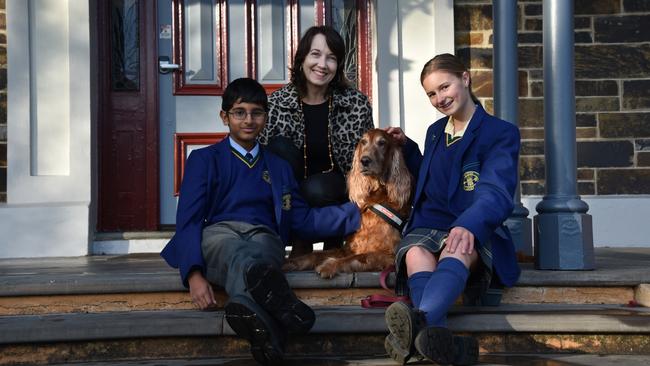
The Kensington Park coeducational school’s team of counsellors, psychologists and registered nurses are led by dean of student wellbeing, Rebecca Forrest.
“Statistics show that mental health is becoming a bigger issue in society and students present with mental health issues younger and younger – we need to be proactive about this,” she says.
“(Our school) provides significant resources to underpin a broad and varied co-curricular program, providing opportunities for students to ‘find their place’, which is so important for wellbeing … we focus on positive strategies for young people and talk about the importance of exercise, nutrition and social interactions, while also explicitly teaching wellbeing tools.”
Ms Forrest oversees Pembroke’s Social, Emotional and Personal Development (SEPD) program, which focuses on age-appropriate lessons on “safety, respect, and care for all”, for students from ELC to Year 12.

The junior school’s “Engine Room”, provides a space for students who are feeling overwhelmed to “reset” while a team of specially trained “wellbeing dogs” are used across the school to provide “a wonderfully calming presence”.
The school also offers a “bespoke sexual health and respectful relationships curriculum” for students in years 10 to 12.
#Pembroke charges tuition fees of $29,418 in year 12.
Mercedes College
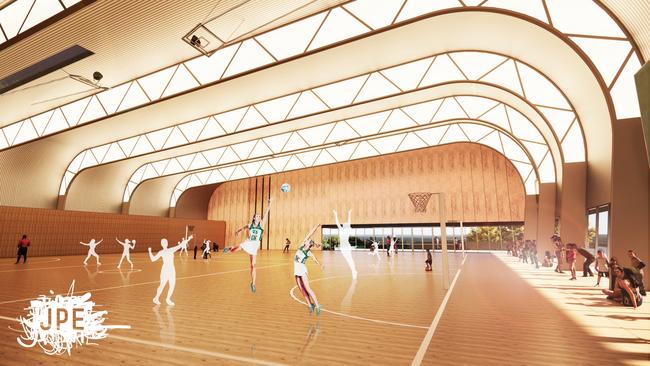
Principal Andrew Balkwill says for his school, which has two educational psychologists on staff, “wellbeing forms the basis of everything we do”.
“We have a range of experiences on offer that develop and encourage the potential of each student … the International Baccalaureate (IB) curriculum (is) embedded with learner profiles and a service component,” he says.
“Our Study Thinking Extension Program (STEP) for year 10 students was established more than 20 years ago, and continues to evolve, challenging students academically and personally with a focus on self-confidence, understanding others, organising time, setting objectives, working as part of a team, and helping those in need.
“Our Break Free Program, a highlight for year 9 students, challenges stereotypes and gender expectations, and misconceptions, through a structured, judgment-free series of discussions and activities.”
Mr Balkwill says “immersive discussions” are offset with practical sessions like self-defence, to help students build strong relationships and “develop a deeper understanding of self”.
“In addition, through the wide range of extra curricular activities on offer – from the performing arts, music, sport, clubs and societies – students develop new capabilities, balanced with their academic pursuits and personal interests,” he says.
Last year the Mitcham Council gave the Springfield school the nod to proceed with a planned new $20m arts and sports centre.
#Mercedes charges tuition fees of $18,020 in year 12.
Trinity College
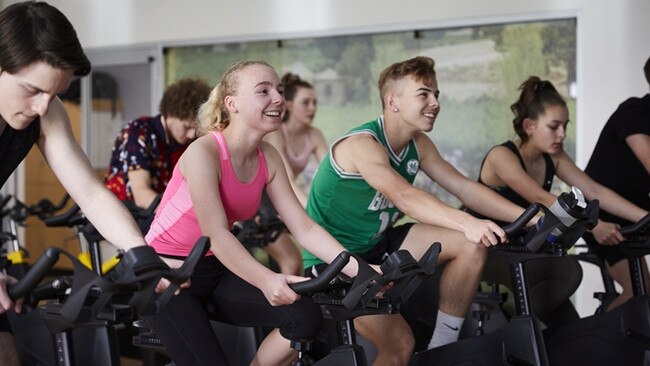
A trailblazer in the health and wellbeing space, this sprawling coeducational Gawler school opened its not-for-profit community centre specialising in fitness and wellbeing services – STARplex – almost 23 years ago.
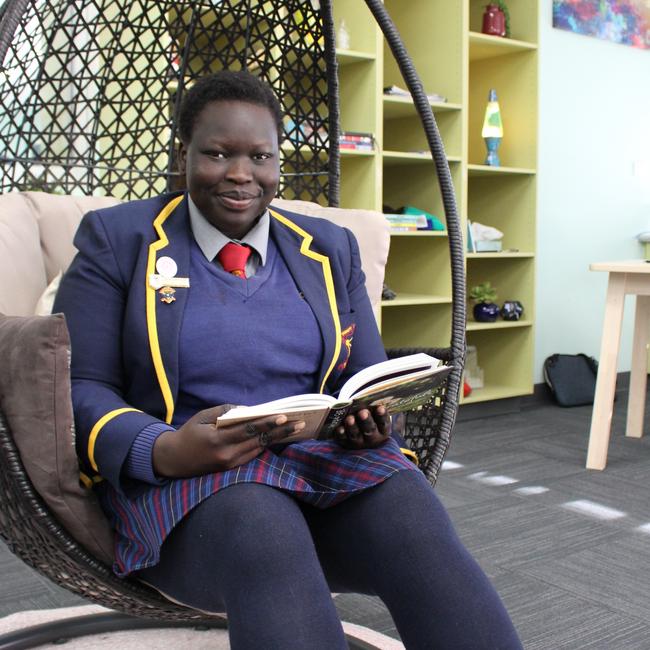
“Students can learn to swim, attend pilates and yoga classes, undertake a group fitness class, participate in court sports, including gymnastics or join dance classes in the theatre,” Trinity College head Nick Hately says.
“The college has partnered with Flow Psychology to offer services including occupational therapy, social work, speech pathology, counselling in this facility.
“STARplex programs are available to all Trinity students, including during school hours, and the wider public.”
The school also has a specially designated “wellbeing space” for its final year students.
“(This) provides an escape from the busyness of school life where no mobile phones, computers or laptops are to be used,” he says.
The school also prioritises the training of “youth mental health first aid” for all staff and volunteers.
# Trinity charges tuition fees of $7060 in year 12.
St Mary’s College
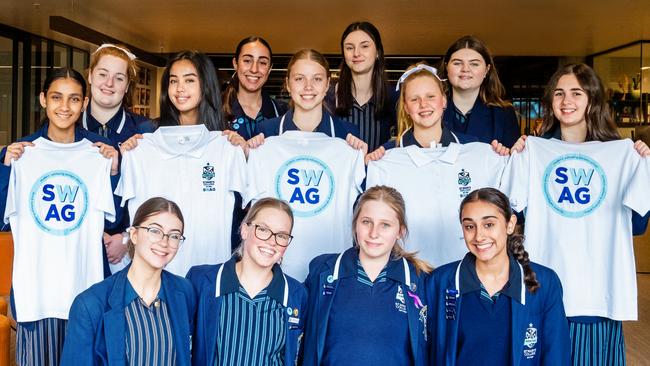
Principal Clare Nocka says while the all-girls’ city school has a “beautiful wellbeing centre”, investment in staff is critical to boosting students’ wellbeing.
“It’s not about state-of-the-art facilities but investing in the people who support our
students … we prioritise formation and a strong pastoral care team,” she says.
“(Our school) invests in student wellbeing to foster a connection to community and peers and
ultimately see all students excel in learning.
“Social-emotional skills are taught at all levels, empowering students to build and maintain relationships throughout life.”
She says student leaders drive specific activities such as a recent “wellbeing day” to promote mental and physical wellbeing.
“Activities included yoga, ‘just dance’, Tai Chi and meditation … student voice has a real place in what happens,” the principal says.
“Wellbeing work is a team effort … small cohorts with well-structured staff support mean no one is lost in the crowd.”
#St Mary’s charges tuition fees of $4900 in year 12.
More Coverage
Originally published as SA’s top schools invest in mind, body and wellness with expert staff, state-of-the-art facilities





